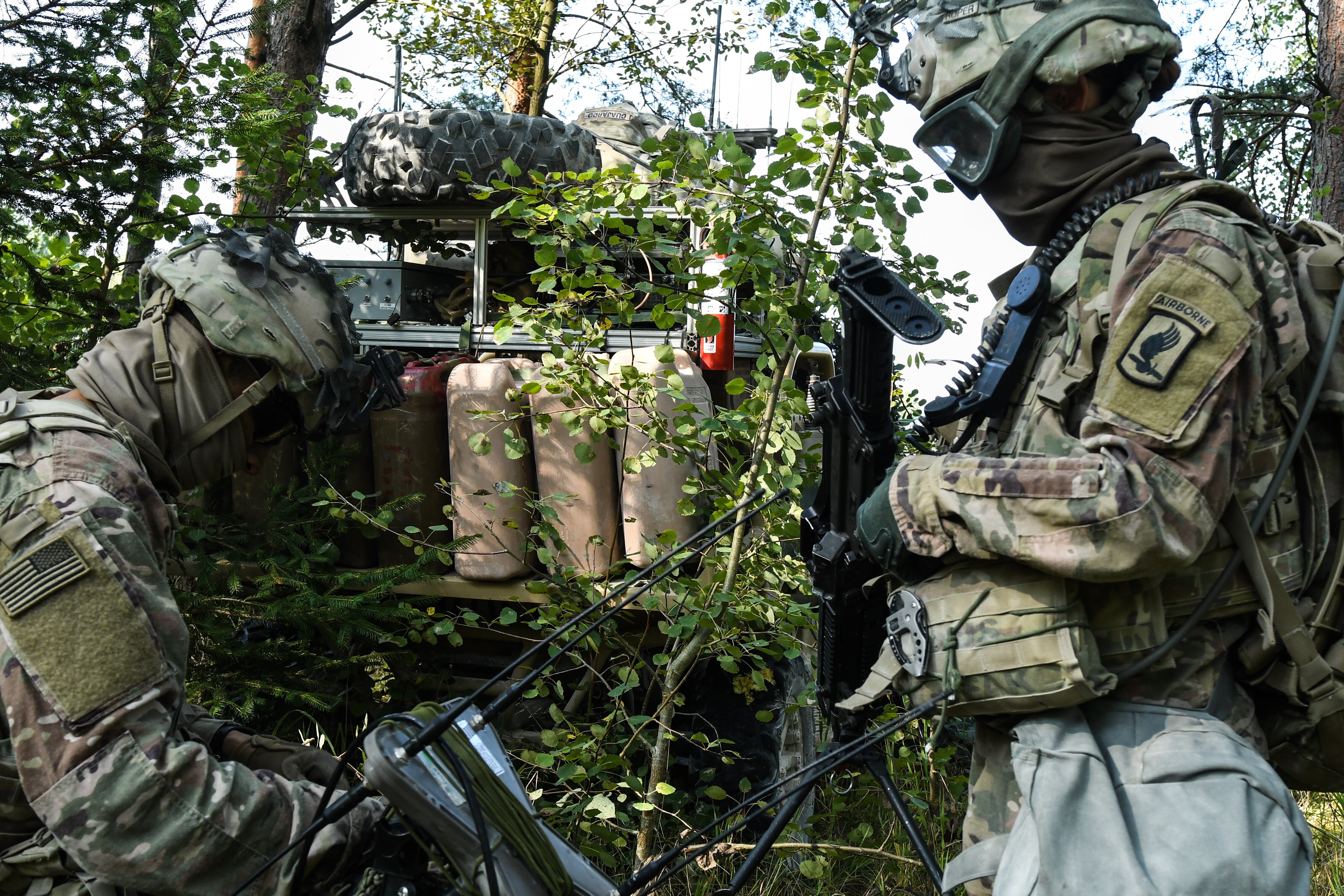When the Russian military attacked Ukraine, it prevented units from communicating with each other by turning to powerful electronic jamming tools.
The U.S. Army, however, is not interested in the same raw demonstration of force. Instead, U.S. officials are following a philosophy that relies on “surgical” attacks. This could include creating an image on enemy’s radar, projecting an aircraft at one location when enemies think it is at another, or impairing the command and control links of adversaries’ unmanned aerial systems.
“When the Russians emit like that, they’re letting the entire world know where they are,” Col. Mark Dotson, the Army’s capabilities manager for electronic warfare said on a media call with two reporters June 14. “What we’re looking at in the future … [is] surgical electronic attack, electronic intrusion or 21st century electron attack. We’re looking for much more discrete ways of conducting electronic attack. Using low power to affect the signal and to affect it in such a way that it may not even be detectable that you’re interfering with what they’re doing.”
Dotson said instead of sheer power, future capabilities should focus on the end result, such as whether it’s hurting an enemy’s ability to communicate or to use radar.
RELATED
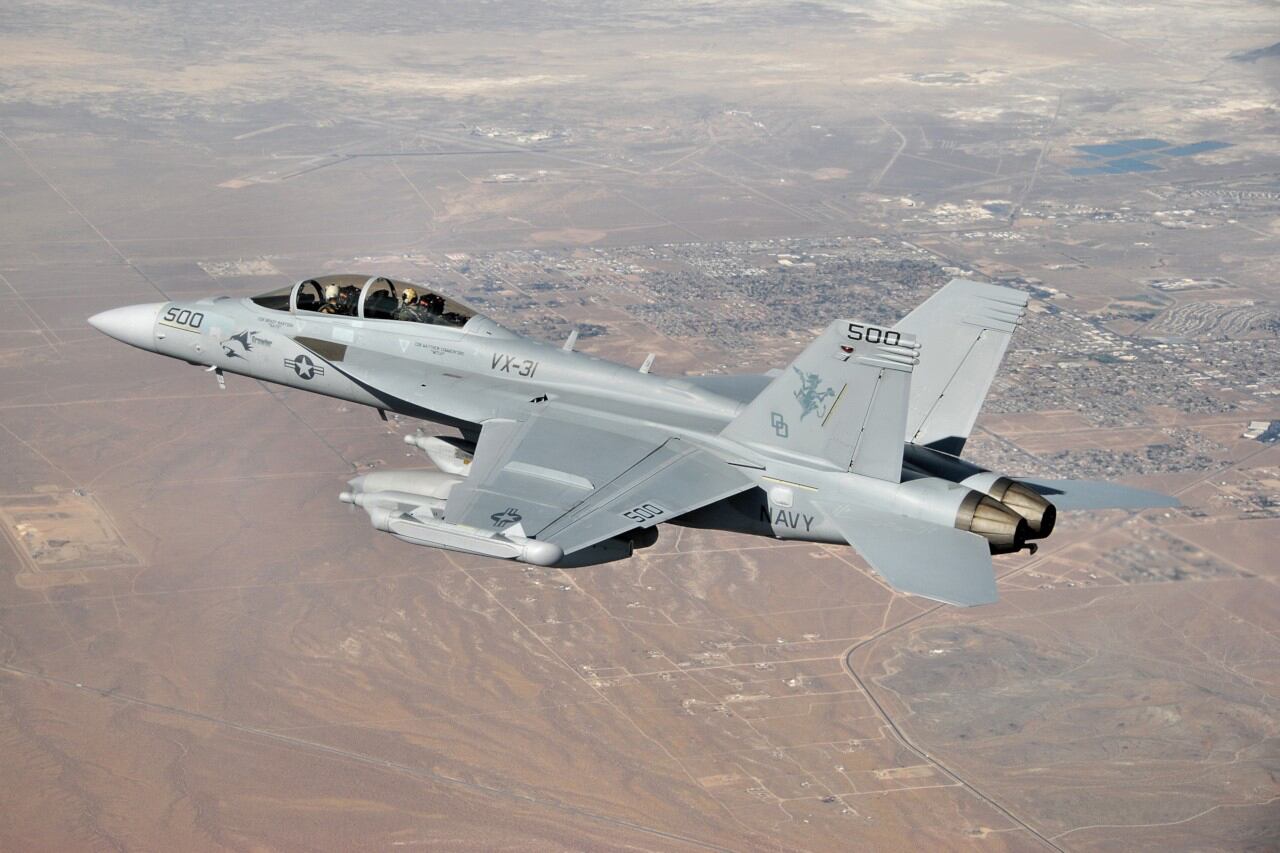
“There’s a variety of different approaches that can be taken to create the effect necessary without having to do what we refer to as traditional jamming, which is just increasing the signal to noise ratio,” Dave May, senior cyber intelligence advisor at the Cyber Center of Excellence, said.
Finding materiel solutions
The officials spoke at the conclusion of Cyber Quest, a week-long technology experimentation that took place at Fort Gordon. Cyber Quest is a prototyping event that allows the Army to test technologies and concepts from industry to help solve future problems.
RELATED
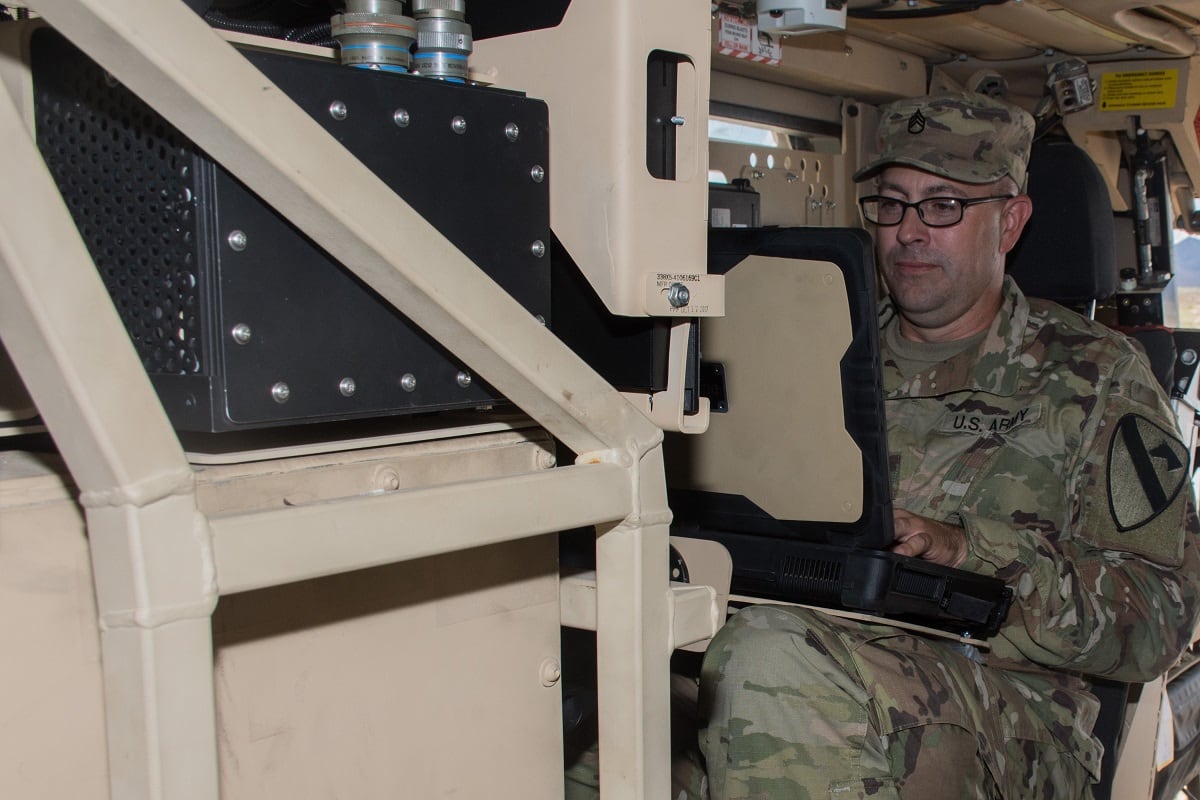
This year, Army leaders focused on several areas. They include:
- Improving the requirements for the Terrestrial Layer System, an integrated electronic warfare and signals intelligence system that will provide a much-needed jamming capability to formations;
- Identifying candidates for rapid acquisition, and
- Conducting risk reduction against current programs and identifying candidates for electronic warfare capabilities to outfit the Intelligence, Information, Cyber, Electronic Warfare and Space detachment or I2CEWS, a battalion-sized unit described as the “brain” of the Army’s multidomain task force.
“Cyber Quest helps … in that we are able to take these difficult challenges to industry, walk them through what we’re trying to accomplish and let industry come back to us with novel approaches,” May said. “This pre-prototyping philosophy allows us to work through concepts, [tactics, techniques and procedures], and actually start the concept for doctrine.”
At Cyber Quest, Army officials focused on the overall TLS system and two subsets: the Tactical Electronic Warfare System (TEWS) and the Tactical Signals Intelligence Vehicle. Both are integrated platforms the Army is using to experiment with different technologies that would allow for sensing, signals intelligence, electronic warfare and RF-enabled cyberattacks. May said these subsystems are in the pre-prototype phase.
RELATED
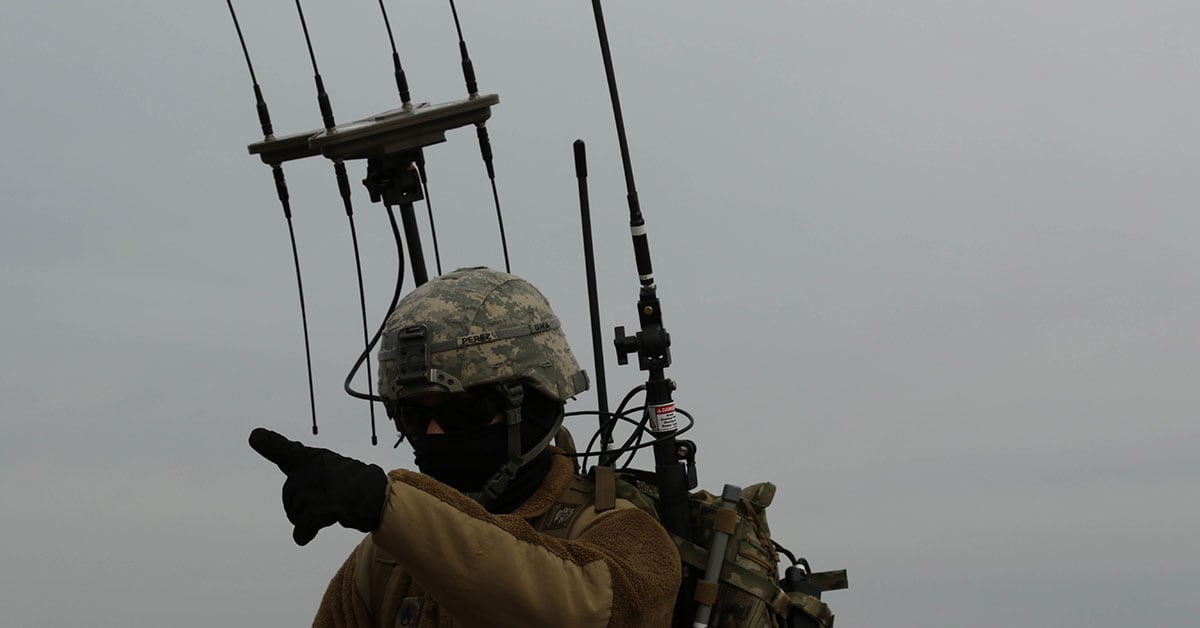
Army leaders also tested a spectrum analyzer tool that will notify commanders of the health of their systems within the electromagnetic spectrum. Such a tool would provide details on the footprint of blue force electromagnetic spectrum. The Army’s current spectrum management program of record, Electronic Warfare Planning and Management Tool, only offers details on red force’s in the spectrum relying on sensors in the field. By contrast, the spectrum analyzer tool the Army looked at during Cyber Quest is a handheld system that doesn’t need to rely on the sensors that belong to tactical operational tools.
There’s been a focus across all the services in recent years to better understand their own electromagnetic spectrum as a way to prevent themselves from being detected and jammed or detected and killed.
The details for when these capabilities would reach soldiers, however, is still in flux. If the Army has approved a requirement, a new product can be fielded to certain units under what the Army refers to as a buy, try, decide model. Capabilities can be fielded faster if they are funneled through the Rapid Equipping Force, though, they wouldn’t become a program of record, but could be fielded to operational units that need it between 90 days and six months. If a capability goes through the Rapid Capabilities Office, it could take six to 18 months to get to units, Dotson said.
May said the goal for TLS is to deliver a “validated requirement” to the program manager by third quarter of fiscal year 2020. That puts fielding in the 2022 or 2023 timeframe.
Officials were a bit more circumspect on the Multi-Functional Electronic Warfare Air Large program, a first of its kind brigade-organic aerial electronic attack pod that will be mounted on unmanned systems.
RELATED
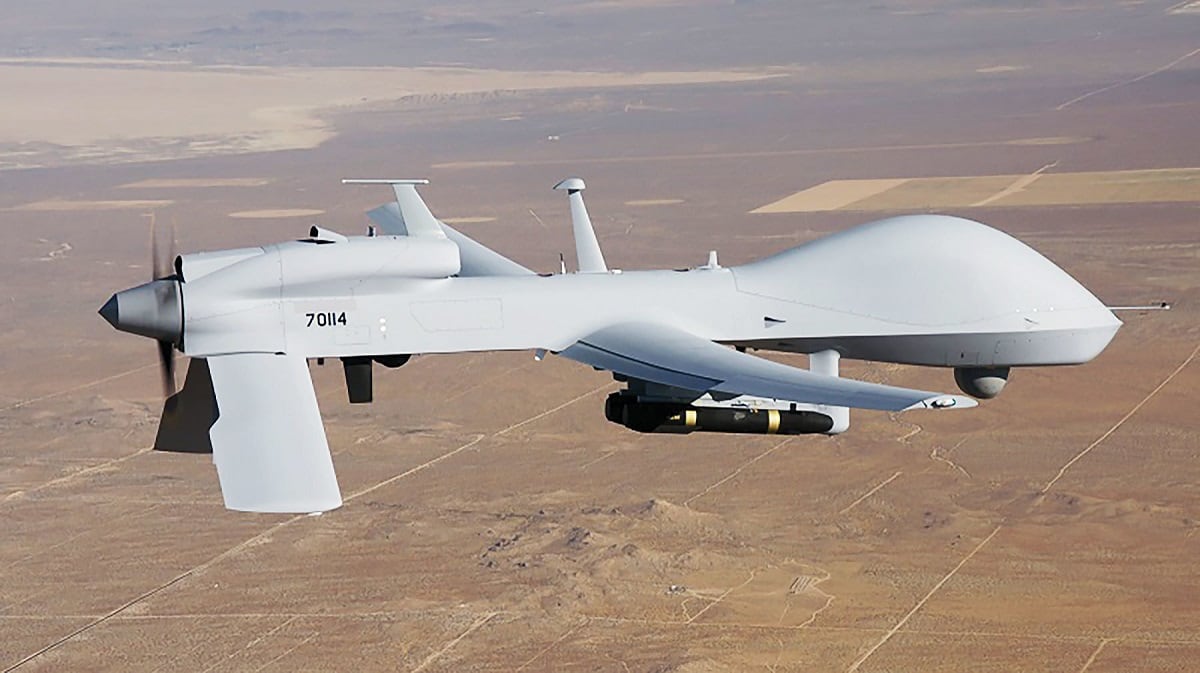
Lockheed Martin was awarded was awarded two sequential 18-month contracts valued at $18 million in January.
Officials said it should be flying within the next 12 months but added that they want to see the product that ends up flying before forecasting a timeline for when it would reach units.
Mark Pomerleau is a reporter for C4ISRNET, covering information warfare and cyberspace.
